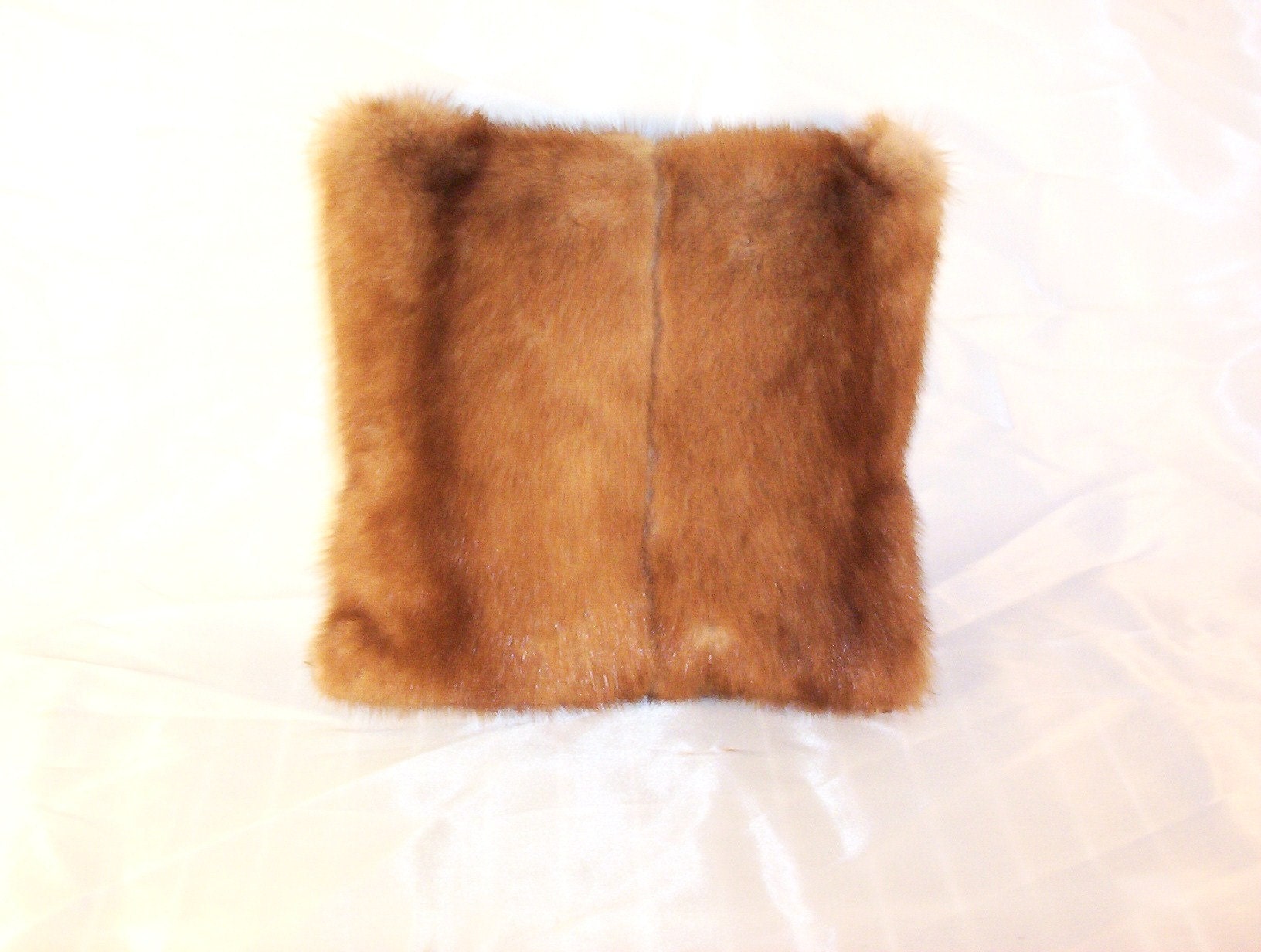 When doing a glueup, there are a few things to remember. "Clean is King". Make sure your surfaces are clean that you are bonding together. If the surfaces are not clean, take a little sandpaper and scuff off any dirt or old glue. This is a must, especially when you have a project like this one where hide glue was used. Hide glue tends to crytallize when it gets this old and it leaves a gritty residue behind that does not bond very well.
When doing a glueup, there are a few things to remember. "Clean is King". Make sure your surfaces are clean that you are bonding together. If the surfaces are not clean, take a little sandpaper and scuff off any dirt or old glue. This is a must, especially when you have a project like this one where hide glue was used. Hide glue tends to crytallize when it gets this old and it leaves a gritty residue behind that does not bond very well. Sunday, March 14, 2010
How To Make a Vintage Jewelery Cabinet - Part 2
In part 1 I talked about Lee Ann and I having dreams of turning this 5ft high 1920s wardrobe into a giant jewelery box for her vintage jewelery and her handmade fur pillows. Today in Part 2 I am showing what was involved in glueing the veneer back in place that was popping up everywhere. Now I want you to now up front that if this looks like a ton of clamps, it's because it is. However, even though I own a good selection of clamps, I did not have nearly enough for this project. I had to borrow some for the day from a local woodworking guild that I belong to.
Originally the veneer on this cabinet was applied with a type of "hide" glue, derived probably from rabbit hide. It was the strongest glue of it's day. Some craftsman still prefer to use it over other types. I don't. Beyond the thought of raising bunnies for the purpose of glueing wood together, hide glue is somewhat of a pain to use. For this project, I am using Titebond 2, which is a yellow woodworker's glue. You can get it just about anywhere that sells building supplies.
 When doing a glueup, there are a few things to remember. "Clean is King". Make sure your surfaces are clean that you are bonding together. If the surfaces are not clean, take a little sandpaper and scuff off any dirt or old glue. This is a must, especially when you have a project like this one where hide glue was used. Hide glue tends to crytallize when it gets this old and it leaves a gritty residue behind that does not bond very well.
When doing a glueup, there are a few things to remember. "Clean is King". Make sure your surfaces are clean that you are bonding together. If the surfaces are not clean, take a little sandpaper and scuff off any dirt or old glue. This is a must, especially when you have a project like this one where hide glue was used. Hide glue tends to crytallize when it gets this old and it leaves a gritty residue behind that does not bond very well.
With any luck at all you won't have anywhere near the amount of glueing to do that I did with this old wardrobe. This part of the project was really not difficult even though it may have looked overwhelming at the onset. Now that everything is glued, the rest should go fairly quickly. Please feel free to ask questions and post comments. I am always glad to help you if needed. -Rory-
Subscribe to:
Post Comments (Atom)











.jpg)





















No comments:
Post a Comment